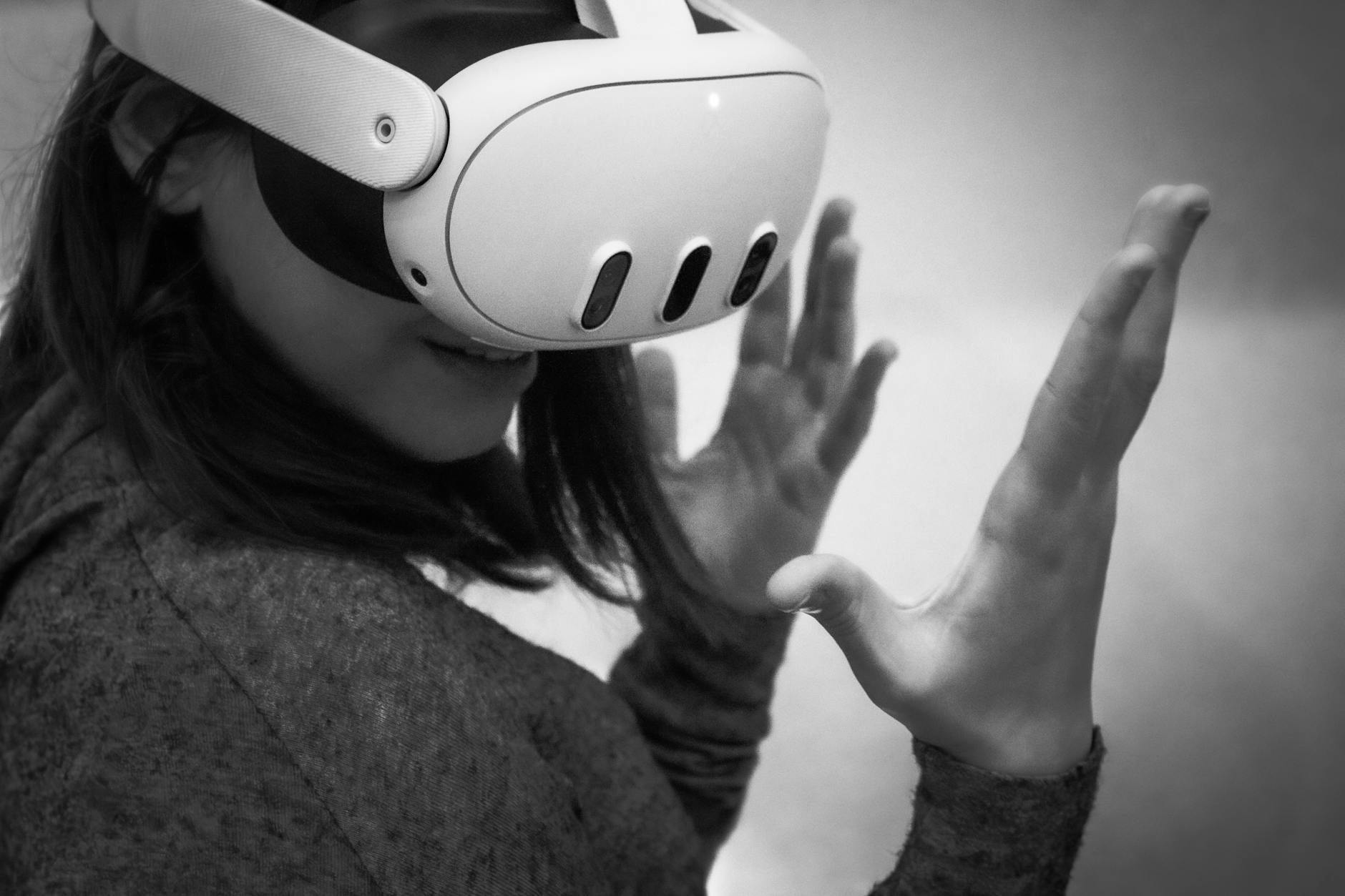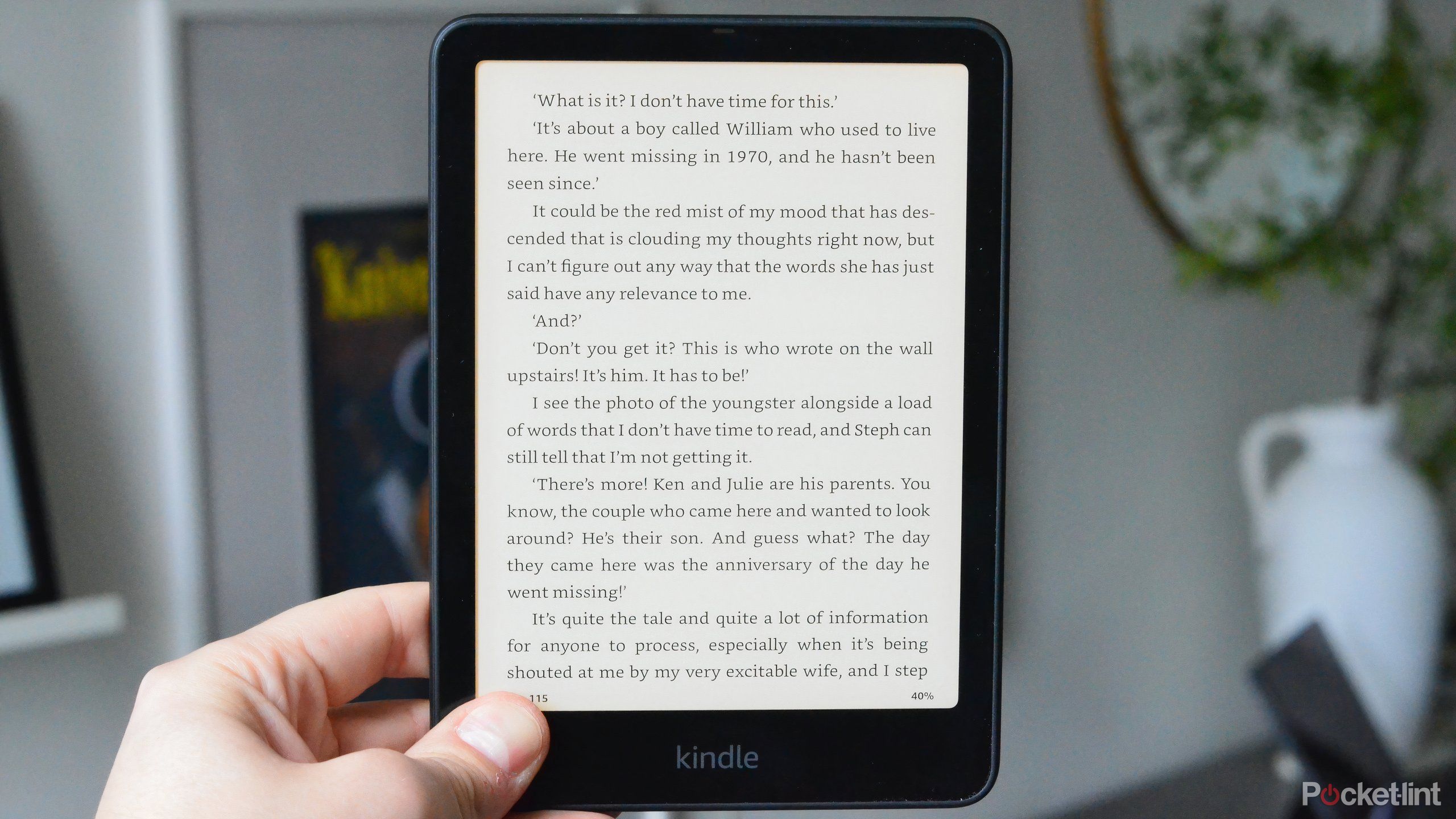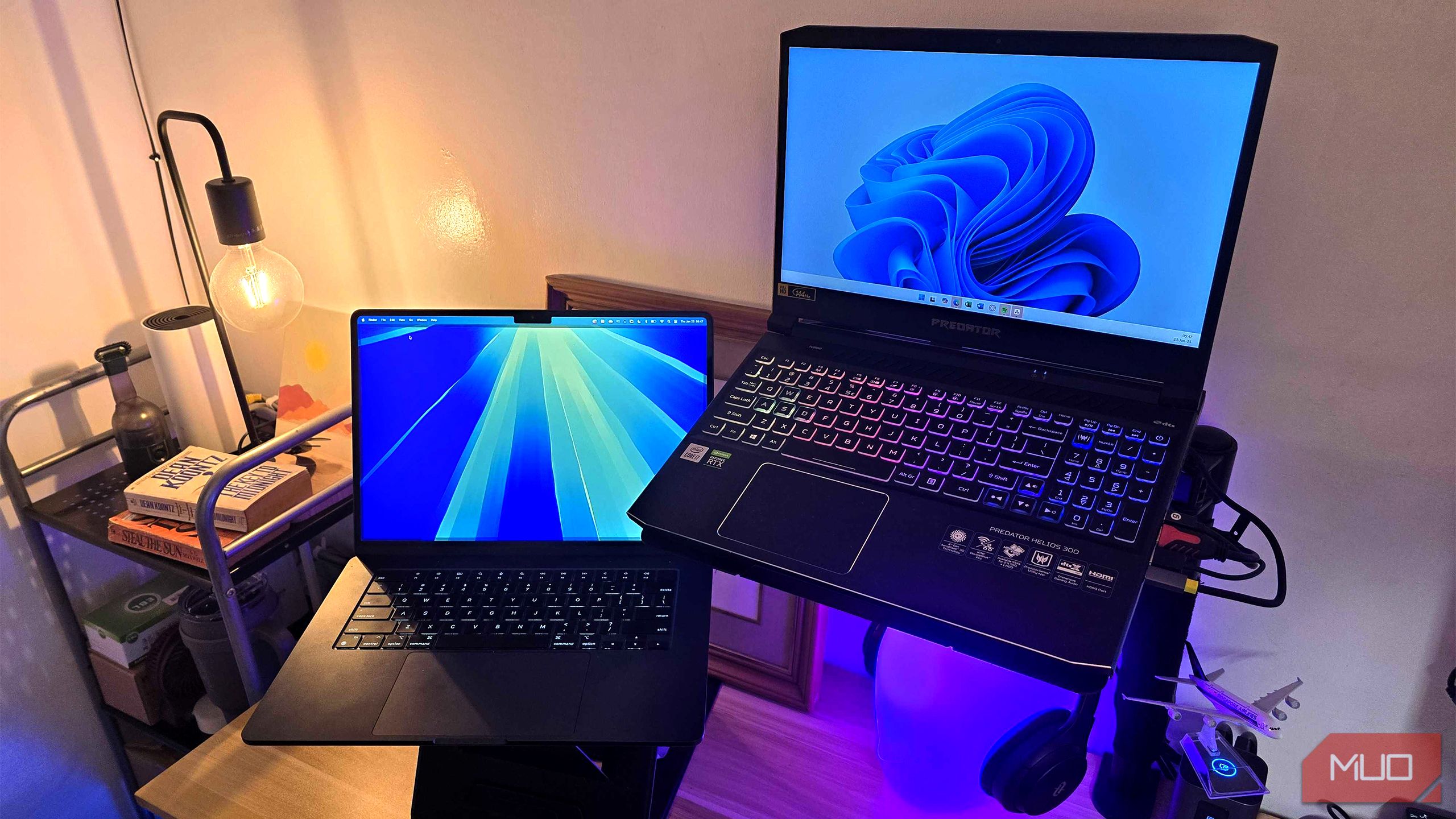The Long Hunt for the Next Paradigm
For years, the same question kept resurfacing in pitch decks, boardrooms, and brainstorms: What’s going to be the next big thing in tech? Not just a new app or a slightly better camera, but a true paradigm shift: something as foundational as the PC, the smartphone, or the internet itself. The industry kept chasing that next big leap, and most bets fizzled, while only a few ever made it past the hype. Everyone was looking for a revolution, and many tried to force one into existence.
But the vision of that revolution wasn’t entirely original. It was shaped by what you could call the “officially approved future”: a future pre-packaged by pop culture and hyped by keynote stages. We’ve been chasing that cinematic tomorrow: AR interfaces like Tony Stark’s HUD, voice assistants that know us better than our own friends do, and holograms we grew up expecting thanks to sci-fi.
First came Google Glass in 2013: hands-free, context-aware, and instantly ridiculed. The tech (sort of) worked, but the world wasn’t ready. Glassholes, remember? Then Magic Leap arrived with billions in funding and a viral whale demo. It looked like the future, until the hardware underdelivered and the ecosystem never showed up. Snap’s Spectacles tried to make AR wearable, but the early versions flopped, only later finding purpose as dev kits, not festival eyewear. And then there’s Humane’s AI Pin: not strictly XR, but it tried to anchor information spatially, replacing screens with ambient AI. The result? A voice interface that misfired and a laser display you couldn’t read in daylight.
But here’s the thing: For all these false starts, the destination never really changed. The dream has always been the same: AI-powered XR computing. A world where the device understands your context—what you see, hear, want, and need—and responds intelligently, invisibly, and in real time. Not another screen to stare at, but a layer that merges with your world.
And now, something has shifted.
After years of fragmentation, Big Tech has quietly converged on the same answer. Google, Meta, Apple, Microsoft, OpenAI—each of them is moving toward a similar endgame. It’s an AI-native assistant with a spatial interface. A gadget, or more likely, a combo of gadgets designed to overlay intelligence onto the world around us, everywhere, all the time. And for the first time, the tech, the market, and the mindset might actually be ready.
Quiet Convergence: Everyone’s Building Toward the Same Thing
Look at the signals piling up from the biggest players in tech. It’s like a bingo card of paradigm-shift clues, and every square is getting filled:
Apple: Preparing for Life After the iPhone
Apple’s entire fortune was built on rectangles of glass that we poke and swipe, but even Apple is betting that the future lies beyond the smartphone. Their long-rumored mixed-reality device, the Vision Pro, finally shipped in early 2024. Apple pointedly markets the Vision Pro not as a VR headset but as the world’s first true “spatial computer.”
This $3,499 device is essentially a wearable computer that blends digital content with your physical space. Even the famously cautious Tim Cook described augmented reality as “a profound technology” and made it clear that Apple sees Vision Pro as just the first step. The roadmap reportedly includes lighter AR glasses down the line, and leaks suggest Apple is already developing specialized chips for glasses to rival Meta’s smart Ray-Bans by 2027. In other words, the company that defined the smartphone era is actively preparing for a world after the smartphone.
Still not convinced Apple is serious about moving on? Consider this: In a federal court hearing this May, Apple’s SVP of Services Eddy Cue caused a stir by saying “You may not need an iPhone 10 years from now.” This wasn’t a throwaway line—it was on the record, under oath, in federal court. Coming from Apple, that’s as close as you’ll get to an official admission that the iPhone’s days are numbered.
The question is whether Apple—with its walled garden and tightly choreographed product stack—can truly move beyond its own legacy. No one does polish better. But rethinking the interface at the level of atoms, cognition, and sensory input is a different game, and as long as the iPhone keeps printing cash, there’s no real pressure to speed things up. Apple knows where the future’s going, but it might take a while before they stop milking the past.
Google: Ambient AI and Android XR
Google, meanwhile, has been shaping its own vision of the next era: one it often calls “ambient computing” or ambient AI. At Google I/O 2025, CEO Sundar Pichai described AI as the “foundation” of the next personal computing paradigm, emphasizing interactions driven by voice, vision, and context, rather than touch. Google announced Android XR—the first Android platform built specifically for this new AI + XR age—designed to span devices from VR headsets to AR glasses. At I/O, in fact, they live-demoed prototype smart glasses running Android XR. The glasses delivered real-time translations and handy info overlays in the wearer’s field of view, all powered by Google’s latest on-device Gemini AI models. In one demo, captions in the lens helped a wearer converse with someone in another language, providing on-the-fly translation.
Google’s message is that glasses are a natural form factor for AI assistants. They even made a tongue-in-cheek Clark Kent reference on stage; unlike that superhero, you will get your superpowers when you put your glasses on. And Google isn’t going it alone on hardware: They have announced partnerships with manufacturers like Samsung and eyewear brands such as Gentle Monster and Warby Parker to build out the ecosystem. The search giant clearly wants Android XR to do for smart glasses what Android did for smartphones: provide a ubiquitous platform upon which everyone else builds.
But platforms alone don’t build new realities. Google’s approach depends heavily on hardware partners, and historically, its bets on wearables have stumbled when real-world complexity meets fragmented ecosystems.
OpenAI and Jony Ive: The Wild Card
Meanwhile, in a plot twist nobody saw coming a couple years ago, OpenAI has teamed up with Jony Ive (the design guru behind the iPhone) on a secretive new AI device. As of mid-2025, details are scarce by design, but insiders say that Altman saw the prototype and admitted that it was “the coolest piece of technology that the world will ever see.” The device is rumored to be a minimalist, voice-first AI companion—think Jarvis from Iron Man distilled into a sleek gadget you might carry or wear—but it’s neither a pin nor glasses.
What’s more, OpenAI is not shy about seeding the market: This year they struck a pilot partnership with the UAE government to give all 11 million UAE residents access to ChatGPT Plus. It’s a bold move to train an entire population to use AI in everyday life. Clearly, OpenAI wants to be not just the brains inside someone else’s device, but perhaps to define a new category of AI-first hardware from the ground up. They called up Jony Ive to make sure that whatever it is, it’ll have main character energy.
But even with design pedigree and visionary ambition, execution is a different game. Hardware is notoriously unforgiving, and OpenAI’s deep roots in software and cloud infrastructure may not be enough to overcome the physical, optical, and real-time processing demands of ambient, embodied intelligence.
Meta: Betting Its Empire on XR
Then we have Meta, where Mark Zuckerberg has been on a one-man mission to make the metaverse happen. Love or hate the term “metaverse,” Zuck’s 11-year obsession with AR/VR is finally bearing some fruit.
The Meta Quest VR headset line (now up to the Quest 3) has quietly sold millions of units, giving Meta an estimated 70% share of the XR headset market as of Q1 2025. Basically, if you’re strapping something to your face that isn’t a PlayStation VR, odds are it’s a Quest. That gives Meta a real edge: a working ecosystem, an active dev community, and a place in the next computing wave.
In 2025, Meta inked a high-profile partnership with the UFC to bring live MMA fights and exclusive content into VR and across Meta’s apps (because the next paradigm doesn’t skip the mainstream). The message was clear: Meta doesn’t just see VR as a gaming device, but as a new medium for sports, entertainment, and social experiences.
And let’s not forget Meta’s other prong: AR smart glasses. They’ve already shipped camera-glasses in partnership with Ray-Ban. At the latest Meta Connect event, Zuckerberg previewed the next-gen prototype: a true AR-glasses device that does more than take videos. He showed off real-time translation features and a conversational Meta AI that you can interact with by just speaking while wearing the glasses. He called these glasses “the next platform” after the smartphone, and he’s been saying as much for years, both internally and externally. Say what you will about Zuck, but he’s been utterly consistent on this vision. Meta has poured tens of billions into Reality Labs to chase it.
And just like Google, they’re putting serious money into partnerships: In 2025, it was reported that Meta bought a $3.5 billion stake (roughly 3% of the company) in EssilorLuxottica. That’s a long-term strategic bet that the world’s largest eyewear maker will help Meta put smart glasses on millions of faces.
Still, Meta’s vision has often outpaced its precision. Their prototypes dazzle, but stitching together truly seamless XR experiences—with context-aware intelligence, intuitive interfaces, and all-day wearability—remains a massive technical and physical hurdle.
The Rest of the Pack: Qualcomm, Samsung, and Sony
It’s not only the usual Big Four gearing up here. The whole tech ecosystem is aligning as if this is the next gold rush:
-
In 2024 and 2025, chip powerhouse Qualcomm announced a slew of dedicated Snapdragon chips optimized for XR and on-device AI. They want every hardware maker to have the silicon needed to build lightweight glasses and headsets that are capable of running AI locally. At AWE 2025, Qualcomm unveiled the Snapdragon AR1+ Gen 1 chip for smart glasses: a chip so advanced it can run a Llama 3.2 large language model with one billion parameters entirely on-device. In other words, future glasses with this chip won’t even need to offload to the cloud for many AI tasks. This is a big deal: It means privacy (your data can stay on the device) and low latency. Qualcomm basically said, “We’ll handle the hard part (AI on a tiny battery); you guys go crazy making cool AR gadgets.”
-
Samsung is teaming up with Google on Android XR. Their partnership (codenamed Project Moohan) has been an open secret since 2023, and now it’s confirmed that Samsung’s first XR headset will run Android XR and is due to be released in late 2025. There are rumors that Samsung is also working on AR glasses. Samsung wants to ensure it has an answer to Apple’s glasses and isn’t settling for a cameo in someone else’s XR origin story.
-
Sony, known for the PlayStation and its PSVR headset, is taking a different track. In early 2025, Sony surprised everyone by showing a concept XR headset not aimed at gamers at all, but at professional content creators. Branded under a new “XYN” label, Sony’s prototype is a high-resolution, flip-up visor with dual 4K micro-OLED displays, custom controllers, and tools for 3D spatial content creation. This is Sony betting that the next-gen interfaces won’t just change how we consume content, but how we create it. It also shows that Sony doesn’t intend to cede the XR market entirely to Meta or Apple, but will be exploring niches where their expertise in imaging and display tech gives them an edge. But beautiful displays alone won’t deliver spatial computing. Without breakthroughs in interaction, power, and wearability, even the most immersive visuals risk staying stuck in niche use cases. XR is not just about what you see: It’s about how you think, move, and live inside the interface.
The Vision Is Clear, but Can Big Tech Deliver?
Big Tech may have finally aligned on the right vision, but alignment doesn’t guarantee execution. These companies are still tethered to legacy platforms, business models, and ecosystems built for screens. Their version of AI-powered XR often ends up as an extension of what already exists: glasses that tether to phones, assistants that still need wake words, and “spatial” experiences locked into silos.
The ultimate goal isn’t to duct-tape the future onto legacy hardware; it’s to rebuild the interface between humans and machines from the atomic level up. No half-measures. No glasses that scream “gadget.” No voice assistants that still think in commands. Because real AI-powered XR is less of a UX challenge and more of a physics challenge, it means rethinking optics, materials, power, and bandwidth. That’s not a job for repackagers. That’s a job for deep tech.
This was the first part – a breakdown of the signals pointing to AI-powered XR computing as the next big leap in tech. In Part II, I’ll get into why Big Tech can’t deliver it alone, and why realizing this vision means rethinking the fundamentals of science, engineering, and human behavior from the ground up.














